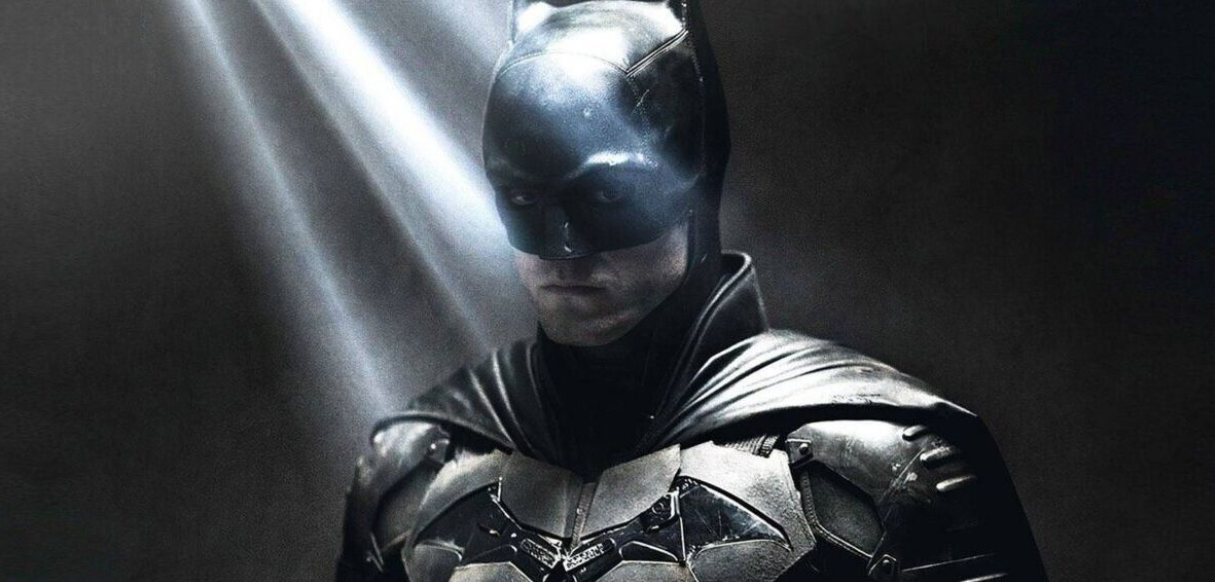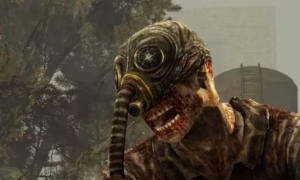The Batman: Should The Dark Knight Kill Them?
The Batman, Matt Reeves’ adaptation of the Batman legendos promises to be the most gritty big-screen adaptation. Despite this, star Robert Pattinson confirmed that, while the new Dark Knight is undoubtedly brutal, he will not resort to lethal force. This news has rekindled a long-standing debate in comic book fandom: Should Batman kill?
The DC Comics source material reveals that the answer is a clear ‘no’. Batman was an executioner in Batman’s first adventures after his 1939 debut. However, he had adopted a strict policy of “no killing” by 1940, as he grew beyond the violent pulp novels that inspired him into a paternalistic do-gooder. In the more than 80 years of comics that have been published, this has been the Caped Crusader’s default position: No killing in any circumstance.
There are exceptions, however. In the 1988 storyline “Ten Nights of the Beast”, Batman escaped his Soviet enemy, the KGBeast and died in an underground bunker. Later, this was retconned, and the KGBeast was shown not to have died. However, the original story clearly states that he was not supposed to. However, Batman is not known to murder his enemies in this manner. For the past eight decades, DC has maintained that Batman does not violate his “no kill” rule. This can be seen in his majority of published appearances.
What about Batman’s record in movies? This is a mixed bag.
Adam West’s slapstick Caped Crusader was able to make the leap from television to cinema in 1966 with his family-friendly, non-lethal, two-fisted version of justice. In Tim Burton’s 1989 Batman sequel, Batman Returns, Michael Keaton took a completely different approach to his direct successor. The Dark Knight often inflicted fatal injuries on evildoers with obvious relish.
Keaton was followed by the Val Kilmer incarnation of Batman and George Clooney incarnations. Both of these men dialed down the capital punishment in Joel Schumacher’s Batman Forever and Batman & Robin, respectively. Batman Forever’s major subplot sees Kilmer’s vigilante with pointy ears temporarily retire to stop his young, revenge-hungry protege Dick Grayson from becoming a murderer.
Christian Bale was next, wearing the Bat-suit in Christopher Nolan’s critically acclaimed Dark Knight trilogy. This character is arguably the most anti-killing of his cinematic counterparts, even though he does occasionally commit manslaughter. The “one rule” of Nolan’s Bat films is a key theme. No killing, best illustrated by Batman’s insistence on not killing The Joker even when defending himself in The Dark Knight.
Ben Affleck’s Batman is another example. He appeared in Zack Snyder’s Batman V Superman: Dawn of Justice as well as its follow-up Justice League. A brief appearance was also made in 2016’s Suicide Squad. This Batman, affectionately called “Batfleck”, was more willing to use lethal force than the Keaton version. Snyder even recreated a scene from The Dark Knight Returns, which featured Batman shooting ( but killing) a baddie in a hostage situation. Only this time, the shot that the Dark Knight fired was fatal.
Reeves and Craig probably realized there was no one right answer to the “Killer Batman”, and decided that a “no-kill” code would be best for their Batman version. Reeves’ and Craig’s final decision to interpret Batman without resorting to lethal force shows more than how partial they are to comic book canon. It also speaks volumes about their expectations of what audiences want from today’s heroes.
You can certainly make compelling arguments for Batman’s killing. You could point out the character’s “taken no prisoners” roots, or the boring, painful truth that an all-out war against crime waged using armoured cars and small explosives on rooftops will result in casualties, whether intentional or not.







